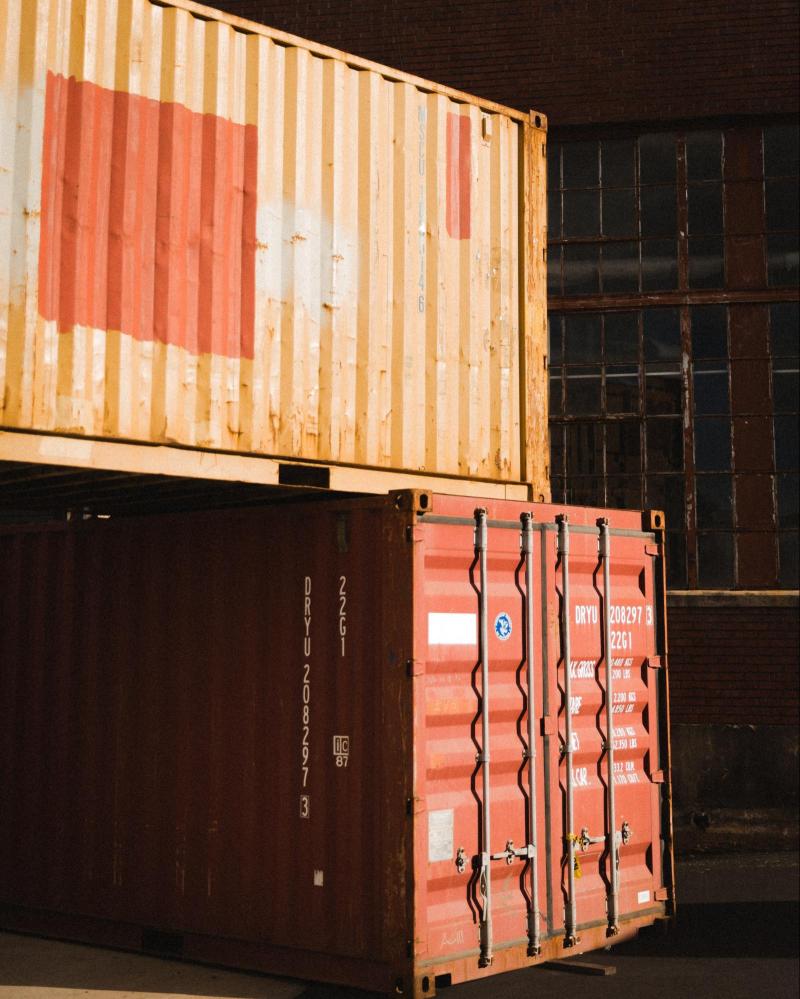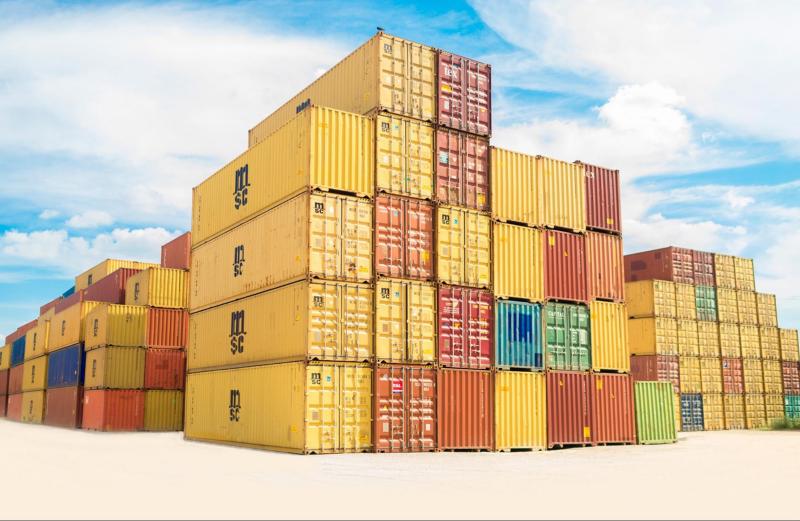The differences between a new and used shipping container can be difficult to discern. It’s like comparing apples to oranges. But, if you’re in the market for one of these metal boxes, it pays to know what distinguishes them from each other to make sure you’re buying the perfect container for your needs.
For example, a brand new cargo container is typically more expensive than a used one because they have only completed one trip, from the factory to the depot, and are built with newer materials.
However, a used container could be significantly more cost-effective. So when you’re ready to purchase your next shipping container, do some research on these two different types of containers before making any decisions!
First things first, let’s get to know what you should be looking out for.
What are used shipping container grades?
The grade of the shipping container has a direct bearing on the quality of the containers on sale and their overall appearance and strength. For example, an A-grade container is stronger than a B- or C-grade. There are four major shipping container grades: A, B, C, and D. A-grade containers are the standard grade that all other grades are based on.

A-grade
An A-grade shipping container is one of the strongest and most durable available. Type A containers range from 8-foot-6 or 9-foot-6 high by 10 feet, up to 8-foot-6 or 9-foot-6 high by 40 feet. They are cargo-worthy minimum standard containers that are built to last.
The interior of an A-grade shipping container will have 80% of its walls unblemished. While the floors will be clean, there may be some transport scratches and marks. Most people don’t realise it, but an A-grade container can even have some surface rust or denting. However, they will be air tight and come at an extra cost.
B-grade
B-grade containers come without a valid CSC plate but are still classified as cargo-worthy. They are both airtight and watertight. Inside you’ll see 50% unblemished walls, and the floor is allowed to have some delamination. Surface rust will be widespread, and the container itself is even allowed to have some patches and repairs done to get it up to this quality.
C-grade
C-grade the container is no longer required to be cargo worthy, but it might still be. However, you are now probably going to see extensive blemishes both inside and out. The floor is now likely to have moderate delamination, and the walls will probably have a LOT of dents. So be prepared to see several repairs and patches as well.
D-grade
D-grade containers come “as is”. As a result, there will be rust, holes, staining, and major damage throughout the entire container.
As you can see, used containers can be a variety of different grades. Here’s a guide that can show you what to look for when viewing one:
At Gateway Containers we offer a variety of container options. Our office is home to:
- New build containers
- Cargo worthy containers (a container with a valid CSC plate)
- Painted used containers (typically classed as A-grade)
- Bargain boxes (B to D-grade)
The benefits of a new shipping container
First of all, new containers have higher standards than used containers, so you’re less likely to have a quality issue with your container.
- A new condition is even better than A-grade
- You know the quality of your container from the outset
- A new container will be 95% mark free
- A new container will be vermin proof
- A new container is unlikely to have any dents
A brand-new shipping container will also be stronger than a used one. This is because they have not undergone any work yet as they are likely to have just landed at a depot.
The benefits of a used shipping container
Used shipping containers are a perfect option for many reasons!
- Full of character with some small scratches and dents
- Cheaper than new containers
- Savings leftover for any modifications you might need
- Still completely functional despite some imperfections
- Less intimidating for those looking to customise
Buying used shipping containers is a fantastic way to get the right container for your business. You don’t have to worry about being stuck with something substandard, and there’s no risk of damaging your business at all. You can definitely get a great deal on used shipping containers, and they’re also much cheaper than new ones!
Need some hints and tips for buying a second-hand shipping container? Check out this video:
How to decide on the right container type for you?
Both new and used shipping containers for sale have a lot of pros. A new container will give you the peace of mind of a long-lasting, well-built and defect-free product. A used container will have character. You’ll be less worried about taking on any projects or messing anything up because it will already have defects, and it is going to be a whole lot cheaper.
Shipping container types
A shipping container can come in a wide range of sizes as well as various types. A few of the most common are:
8ft6 x 10ft shipping container
These containers are slightly smaller than the standard 20-foot containers. However, the dimensions of these containers are less than that of standard housing units, so they aren’t best used for commercial use unless they’re at the end of lease or you plan on demolishing them.
8ft6 x 20ft shipping container
These are the most common types of container. They are available in both MLC and LC models. They measure 8-foot-6 by 20 feet and can be used as standard storage containers. In addition, these can be used for workshops, garages, cabins, or even shipping plants. The 8ft6 x 20 containers have an overall weight capacity of two tons.
8ft6 x 40ft shipping container
The 8ft6 x 40 containers are the next most common type of container. They measure 8-foot-6 by 40 feet, which makes them twice the length of 20-foot containers. They can be used as storage units, shipping units, or even as a workshop or garage.
Their overall weight capacity is around three tons. These containers are often used for mobile homes and small businesses. The huge size of these containers makes them perfect for businesses that need a lot of storage space.
Go through all the sizes of shipping containers that you can purchase in this short video:
All of these container sizes can come in both general-purpose or high cube models. High cube shipping containers are different because they have slightly more space than a standard shipping container but not as much space as flat racks. This is because they have a taller ceiling (9ft6) and have higher sides (more panelling), which makes them easier to stack when your business has limited storage options.
These container types can come in a new/near new grade and any of the grades we listed above.
What common shipping container terms should you know?
Want to get up to date with all the lingo across new and used containers? Here are a few of the most common shipping container terms:
- CSC Plate – A plate that is fixed to the doors of a container that has a serial number and other technical data about the container itself.
- Gateway – This is the multi-modal port where goods will move from one mode (say, a truck) to another (a ship for instance) in its journey.
- Insulated Shipping Container – A container with insulation that carries cargo that has to be kept at a constant temperature. This can be a refrigerated shipping container (reefer) unit but doesn’t always have to be.
- Ventilated Container – a type of container with air vents to allow air circulation to keep the interior of the box cooler and allow air conditioning and gas venting.
Check out our shipping container term glossary!

Talk to Gateway about our new and used containers for sale
At Gateway Containers, we have a huge range of stock at competitive shipping container prices in Brisbane.
We have a variety of 10, 20, and 40 foot shipping containers for sale for your upcoming container project. Whether you want an office space, secure storage space, or a garden shed, our talented, friendly team of experts can help you decide if a new or used shipping container is the right option for your needs.
Our modifications team have also worked on a variety of customisations and are ready to discuss your exact requirements. Get in touch with us today!




